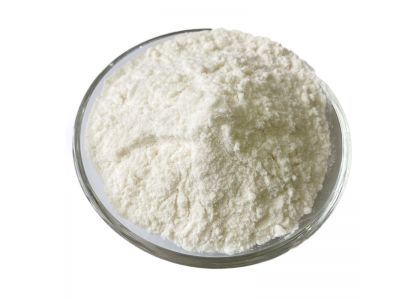INDUSTRY NEWS
How Does Alginate Oligosaccharide Benefit Crops?

Alginate oligosaccharides (AOS), belonging to the class of functional marine oligosaccharides, are low-molecular polymers linked by β-1,4-mannuronic acid (M) and α-1,4-guluronic acid (G), which could be classically obtained by enzymatic hydrolysis of alginate. With low viscosity and good water solubility, as well as antioxidant, immune regulation, anti-bacterial and anti-inflammatory activities, AOS have been widely used in medical science, functional food and green agriculture.

It is good for promoting plant growth, enhancing plant resistance and inhibiting plant pathogenic bacteria. Comparing with chitosan oligosaccharide, alginate oligosaccharide has more potentiality to use in agriculture and its benefits for plants are more obvious through experiments in labs.Alginate oligosaccharide is not recognized earlier because it was not produced industrially before. Lots of studies have approved the importance of alginate oligosaccharide for plants now, therefore alginate oligosaccharide starts to come to insights of fertilizers companies. Biostimulant and fertilizer marked ‘alginate oligosaccharide included’ have appeared in agrochemical market.
How does alginate oligosaccharide work for crops?
1. It activates the immune system of SA (salicylic acid) and JA (jasmonic acid), which can resist bacteria and viruses, as well as reduce the use of pesticides.

2. It induces plants to synthesize ABA (abscisic acid content increased by five times), JA(jasmonic acid), enhances plant resistance, fruit coloring and sweetness, matures early, so it is sold in the market earlier. Alginate oligosaccharide significantly improves the ability of plants to resist drought, cold, high temperature, salinity, waterlogging and other adversities.

3.It induces plants to synthesize IAA (increases the auxin content by eight times), takes roots and sprouts quickly, and grows quickly.

Standard of Alginate Oligosaccharide
|
Item |
Standard |
|
Appearance |
Light yellow powder |
|
Content,% |
≥90 |
|
Fineness |
≥80 mesh |
|
Average Molecular Weight, Da |
400-800 |
|
Moisture,% |
≤6 |
|
Ash Content,% |
≤1 |
|
pH Value(1% aqueous solution) |
6-8 |
|
Insoluble,% |
≤0.2 |

Oligosaccharide Polymerization

Suggested Dosage
Direct Use
Root Flush: 100-150g/hectare
Foliar Spray: 1/20000 to 1/30000
Add in other fertilizer
NPK compound fertilizer: 0.5-1kg per ton
Flush Fertilizer: 1-2kg per ton
Foliar Fertilizer: 5-10 kg per ton